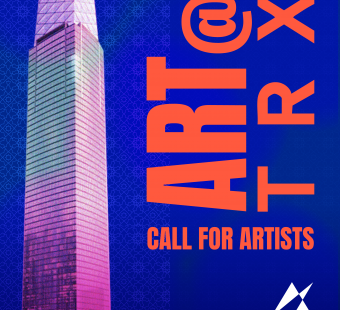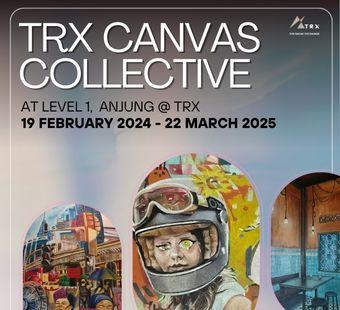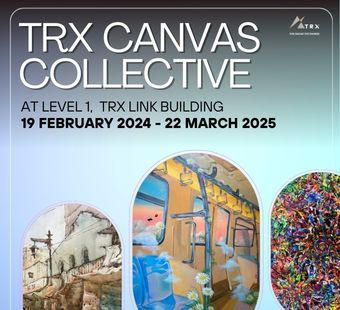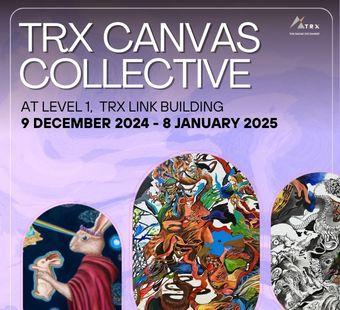Deepavali, also known as Diwali, is marked by celebrants through family gatherings, decorating of homes, the lighting of oil lamps, enjoying festive delicacies, and no less importantly, stepping out in style clad in the latest fashions.
Kuala Lumpur city dwellers are spoilt for choice when it comes to looking their best during the festival of lights what with the ready availability of any number of styles. There is always the age-old classics: the salwar kameez (colloquially known as Punjabi Suit in Malaysia), a long tunic worn with trouser, the lehnga, a full ankle-length skirt, and of course, the incomparable Saree, a beautiful draped dress made from a single length of cloth, usually worn with a short, fitted blouse.
Then there are the bolder, trendier choices, such as a modern-cut Kurti, the loose collarless shirt worn by both men and women, flattering Anarkalis, a long dress with a full skirt and more fitted bodice, or reimagined Pathani suits, made up of a fitted tunic paired with baggy trousers.
While women, in particular, may experiment with new styles, the Saree will always remain the classic choice during Deepavali and any other momentous occasion. As an outfit that has been worn in India since the 7th century, the Saree has persevered, transforming itself through the ages and continuing to evolve with the times.
The Saree evolution
The Nivi, originally a regional drape, has now become a universal Saree style. It came into prominence in the 1950s, when it was popularised by Indian royalty. Later adopted by most Indian women, it became the most commonly worn day-to-day cotton Saree type in Malaysia and around the world, thanks to its practical draping style.
Deepavali Sarees went through further waves of transformation in the ensuing decades, with the bold colors and flamboyant prints of the ‘80s making way for the soft, sheer and romantic styles of the ‘90s.
Indian cultural researcher and founder of the community outreach group “Saree, From Tangible to Intellectual”, Preveena Balakrishnan has been keeping track of the changes: “In the ‘80s, the Kanchipuram silk and Banarasi sarees were also in fashion in Malaysia. Additionally, we saw a lot of sarees with gold and silver threads, woven with Japanese silk.
“In the ‘90s, we saw the Georgette Half Chiffon saree making waves, popularised by heroines from the Yash Chopra movies.”
In the early 2000s, women made more risqué choices, pairing sexy net Sarees with string blouses. Today, the Saree colour palette is also the broadest and boldest it has ever been, with women embracing everything from deep dark tones to eye-popping neons.
“While the saree is evergreen, I also see a lot of traditional-modern fusion trends for Deepavali this year. This includes pairing a classic saree with tube tops, incorporating denim into kurtas and combining crop tops with a Punjabi Patiala suit pants,” said former Cinefashion magazine writer, Ruby Ann Phillip.
Ruby also notes that patchwork Sarees - where different materials are mixed, matched and stitched together - is the hottest trend for 2019. Alternatively, women are also choosing Saree tops with a high neck cape in place of the traditional blouse.
Innovating for comfort, style and practicality
According to Rajesh Jain, former CEO of Biba Apparels Pvt Ltd, an Indian fashion brand and global exporter, modern technology and fast-paced living have also created a new dynamic for Deepavali fashion trends. To cater to this development, contemporary designers and fashion houses are innovating to make traditional outfits more practical and easy to wear, without losing any of its sophistication.
“While male outfits have always been quick to put together, many women can finally opt for this too, with ready-made ensembles like lehnga-cholis and sarees with zips, elastic waistbands and sewn-in pleats that require no draping,” said Rajesh.
“The embroideries and embellishments, such as rhinestones and crystals, which used to be done by hand, are also now done using computers. This enables greater customisation, while ensuring that design patterns are quickly and accurately produced,” the Fashion & Retail Business Consultant added.
From vibrant colours, magnetic styles and elegant designs, there is a look to suit everyone celebrating Deepavali in Kuala Lumpur, available from online stores, specialty boutiques, Deepavali bazaars and well-known garment districts like Brickfields and Jalan TAR.
“We get the latest Bollywood and Kollywood Saree designs from India,” said Maleni Ponniah, Sales Assistant at Mangala Theebam Fashion House in Brickfields.
“But our best sellers are still the traditional Southern Indian Sarees made from rayon or chiffon as these Sarees are more affordable to a lot of people. Besides that, their bright colours and classic embroideries mean that they are festive enough to be worn during Deepavali and other occasions throughout the year,” she added.








